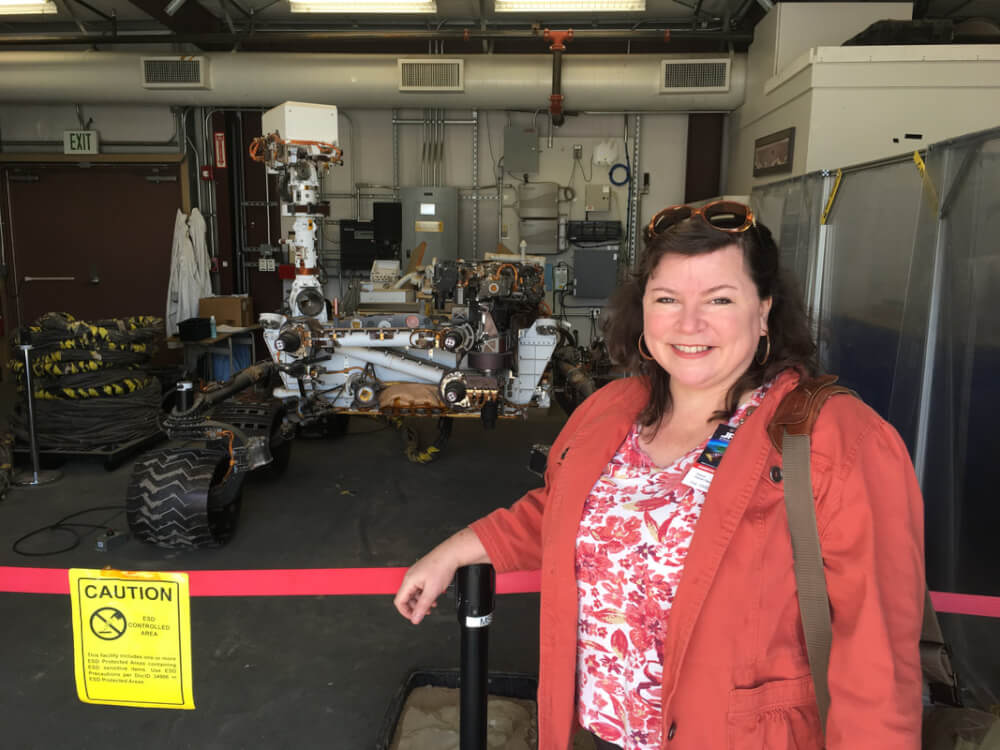
GVSU professor: Space exploration and religion have a long shared history


With the world remembering this week the 50th anniversary of the Apollo 11 mission to the moon, Deana Weibel, professor of anthropology, finds herself pondering what soaring toward the heavens meant for all astronauts in the space program.
Weibel has done extensive research on religion and space exploration, giving her insight into the rituals some astronauts have carried out after leaving the planet as well as the effect space travel had on their beliefs.
Perhaps one of the more high-profile rituals was Buzz Aldrin taking communion while in the lunar module. Aldrin, a member of Webster Presbyterian Church in Houston, the so-called "church of the astronauts," performed the rite in the hours after landing on the moon.
"The very first food consumed on the moon was from communion," Weibel said.
While not all astronauts professed a faith — fellow Apollo 11 astronaut Neil Armstrong, who did not join Aldrin in taking communion, fell into that category — Weibel has found ample evidence that a number of these exacting scientists were religious, some strongly so. She said those examples help bolster her view as a cultural anthropologist that religion and science are not in opposition to each other.
"Religion is something that is a huge motivator for some people. It gives meaning to what they are doing and it is a way to provide comfort," Weibel said.
In fact, Weibel's research shows that faith has been a driving force for many astronauts to explore space. Those in this group believed that they had an obligation to see more of the creation by a higher power, that they shouldn't limit themselves to earthly bonds.
Some reported a feeling of deep spiritual unity with the universe. And, in contrast, there were instances where the perspective of seeing how small the Earth appeared in the vastness of space caused astronauts to question their beliefs.
Weibel's work studying pilgrimages on Earth has also helped her see how the rituals translate to space exploration. She said those who travel to a sacred place often use objects as a way to connect them to the special destination. They leave items behind -- such as the family pictures astronauts left on the moon -- carry something like a piece of jewelry with them for the entire journey or seek an item at the location to take back.
A vivid example of the last ritual was what Weibel experienced when she saw people interacting with moon rocks. She was struck by the reverence people showed toward the small items in a simple plastic disc.
"There was this idea that you are touching the moon and it retains the essence of the moon," Weibel said. "People get awestruck by that."
Subscribe
Sign up and receive the latest Grand Valley headlines delivered to your email inbox each morning.








